This baby snapping turtle looked me in the eye not bothered by my presence at all. S/he was a little over two inches long. The DNR tells us that females tend to leave their ponds in June to migrate upland to lay eggs. This turtle was about two inches long.
She will use her hind legs to dig a hole, lay her eggs, and then cover them up. After laying her eggs, the female will leave the nest to return to the water, leaving the eggs to incubate on their own. The number of eggs in a clutch can vary — there may be 10 to 20, but clutches with up to 100 eggs have been found. The environment then plays a role again. The hatchlings’ gender is dependent on the temperature during incubation. A high proportion of males will come from a cool nest, and a warmer nest will result in a majority of female turtles.
I’m wondering if this is an Ebony Jewelwing. It’s found in all 99 of Iowa’s counties.
Above is by the small creek the feeds into the Cedar. In the audio, you will hear a Wood Thrush, a Red-eyed Vireo, an Eastern Wood-Peewee, a Northern Cardinal, and an Acadian Flycatcher. You will also hear an unusual knocking/clucking noise. Does anyone know what that is? I have been in the woods for months, nearly every day, and have never heard it before.
I didn’t see the spider, but as you can see, this spider web is amazingly effective at capturing small moths.
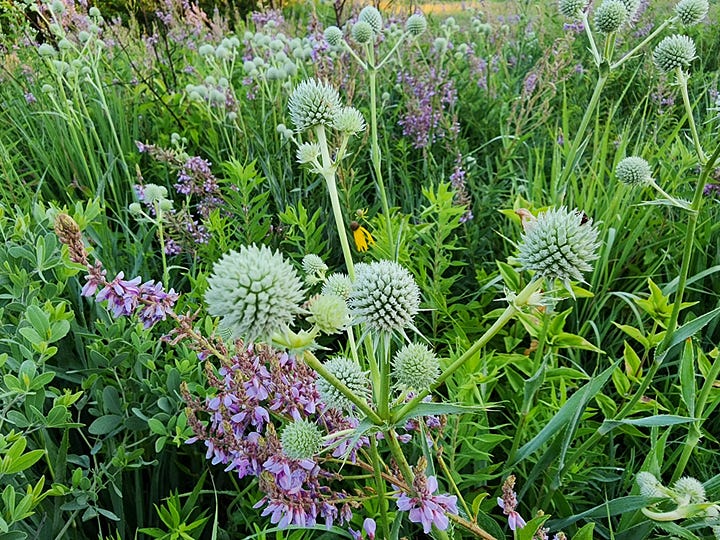
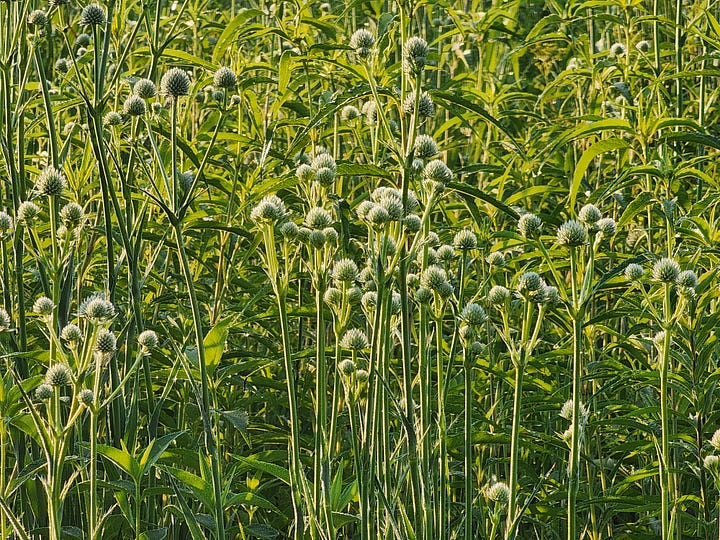
Rattlesnake Master was named by early European settlers erroneously because they thought it was good for rattlesnake bites, apparently because of its yucca-shaped leaves, and observations on Native American healing practices. Its fibers were used to make prehistoric Native American sandals, as discovered in archaeological excavations in Missouri.
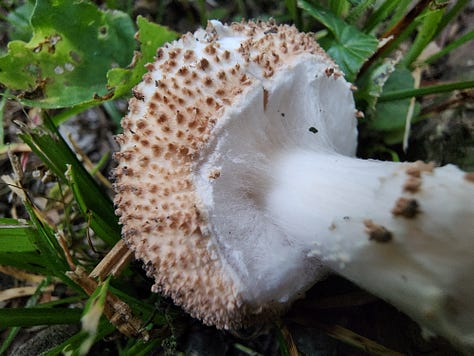

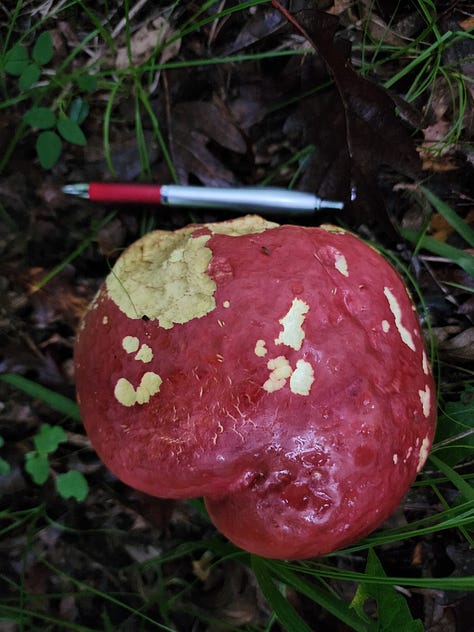
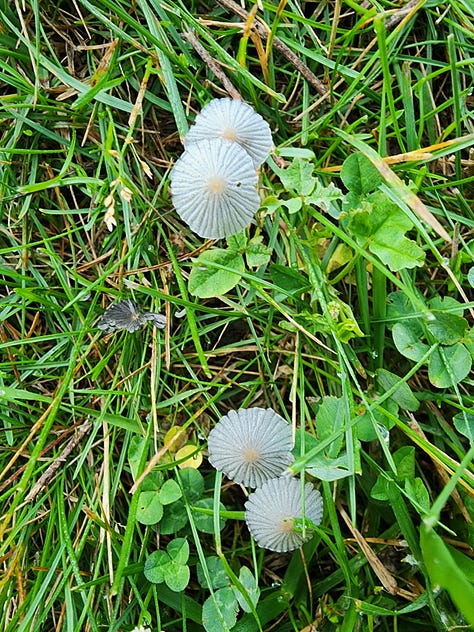

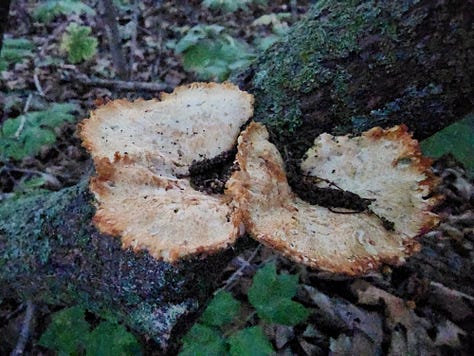
Some of these pop up overnight. Know who they are? Let us know in the comments. That’s how we learn!
We spotted this chipmunk on the stairs. The only chipmunk in Iowa is the Eastern Chipmunk.
The name "chipmunk" comes from the Ojibwe word ajidamoo (or possibly ajidamoonh, the same word in the Ottawa dialect of Ojibwe), which translates literally as "one who descends trees headlong." First described by Mark Catesby in his 1743 The Natural History of Carolina, Florida, and the Bahama Islands, the chipmunk was eventually classified as Sciurus striatus by Linnaeus, meaning “striped squirrel in Latin. The scientific name was changed to Tamias striatus, meaning “striped steward,” by Johann Illiger in 1811.
We’ll close with this beautiful Compass Plant.
The common name compass plant was inspired by the “compass orientation of its leaves. The large leaves are held vertically with the tips pointing north or south and the upper and lower surfaces of the blades facing east or west. A newly emerging leaf grows in a random direction, but within two or three weeks it twists on its petiole clockwise or counterclockwise into a vertical position. Studies indicate that the sun's position in the early morning hours influences the twisting orientation. This orientation reduces the amount of solar radiation hitting the leaf surface. Vertical leaves facing east-west have higher water use efficiency than horizontal or north-south-facing blades.
Early settlers on the Great Plains could make their way in the dark by feeling the leaves.
An early, (if not the earliest) descriptive naming of the compass plant is found in the 1843 hunting trip of William Clark Kennerly, who upon leaving Westport Kanasas in May 1843, observed the plant and began its description in his trip: "Westward we went, and still westward, through a flat, arid country with no verdure except the compass plant, which we named for the reason that its large, flat leaves always pointed north and south".
I’m a member of the Iowa Writers Collaborative. Please sample the talents of my fellow collaborative members. If you can afford to be a paid subscriber, that would be great. If not, the vast majority of content is free. And here is a link to the Iowa Podcasters’ Collaborative, should you be interested. Check out my Substack Deep Midwest: Politics and Culture if you aren’t already a subscriber. My Iowa Revolution podcast with award-winning broadcaster Spencer Dirks can be found here.
After retiring from radio, I know a little about public relations and have started a small consulting group and associated Substack called Better PR. You might be interested in what I have to share there. Thanks!





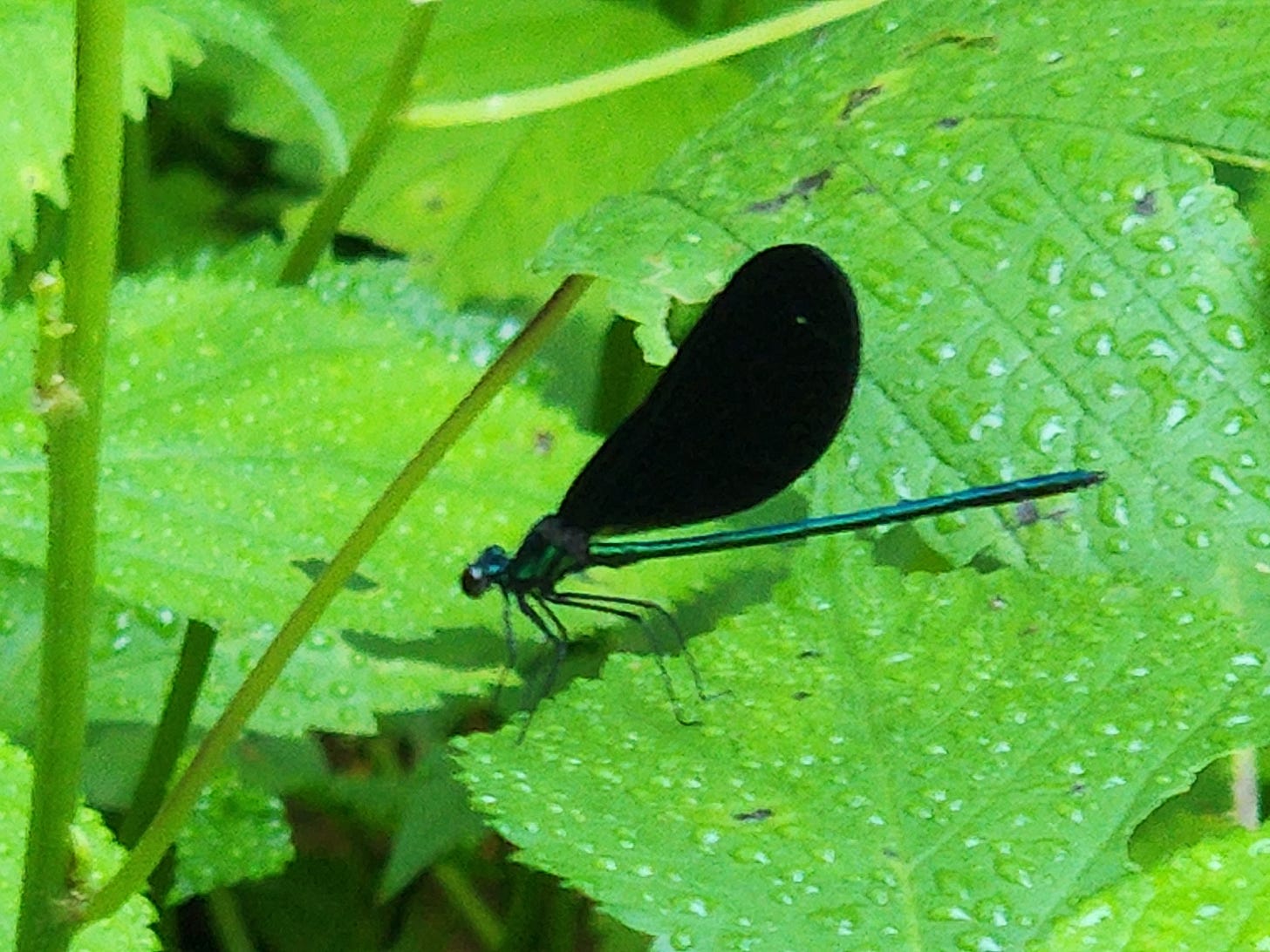
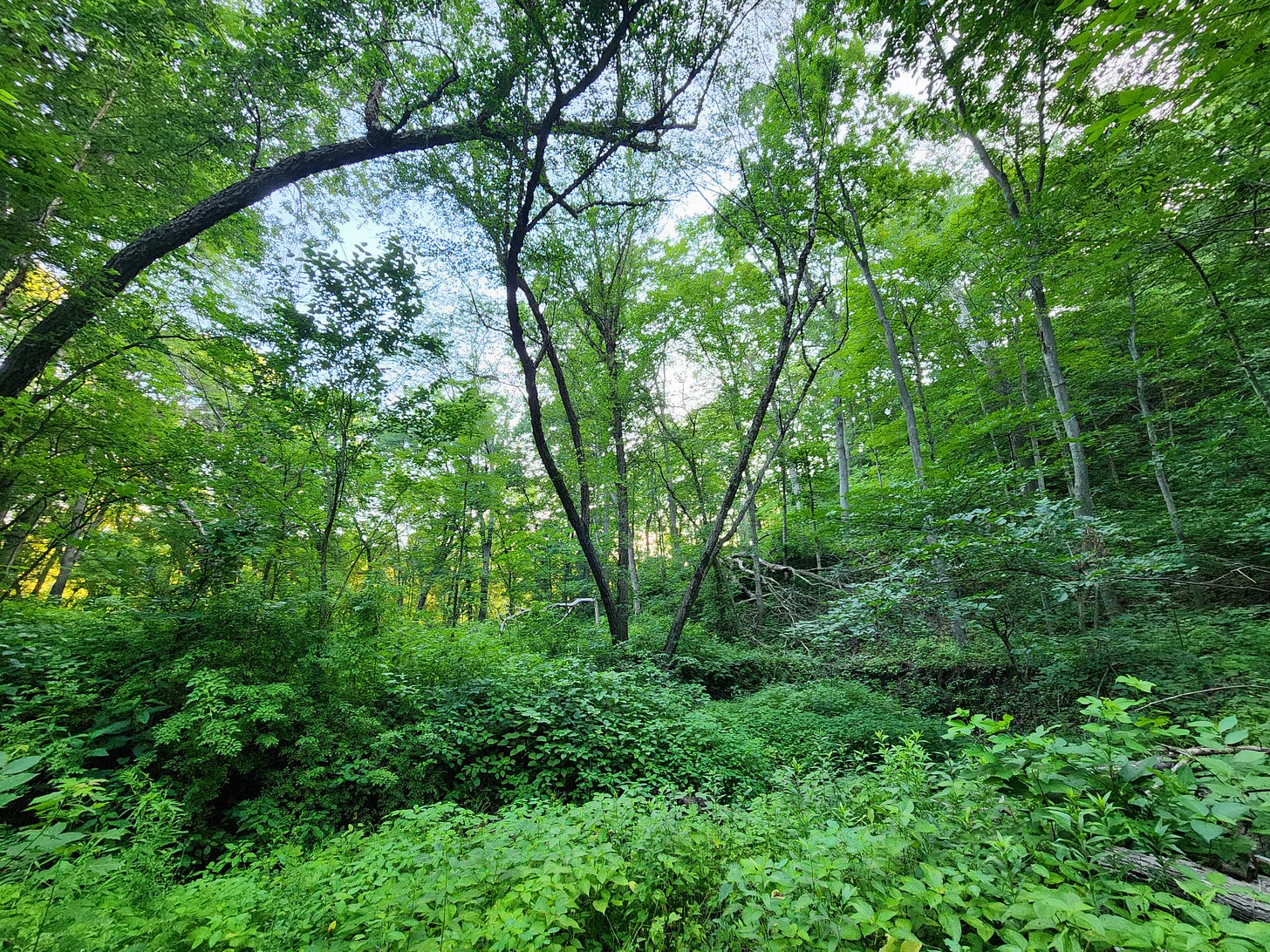

Hi Bob,
Your knocking noise is the call of a yellow-billed cuckoo.
The mushroom on the top right is a Ruby Bolete (Hortiboletus rubellus)
It is an Ebony Jewelwing. The loveliest damselfy, I think, but there are competitors.